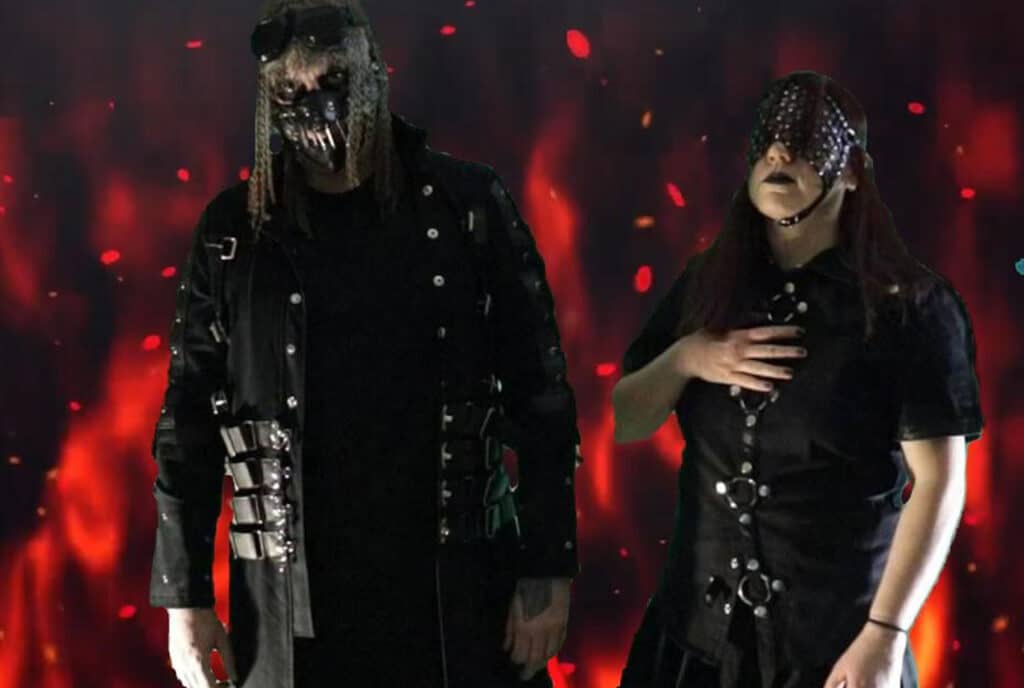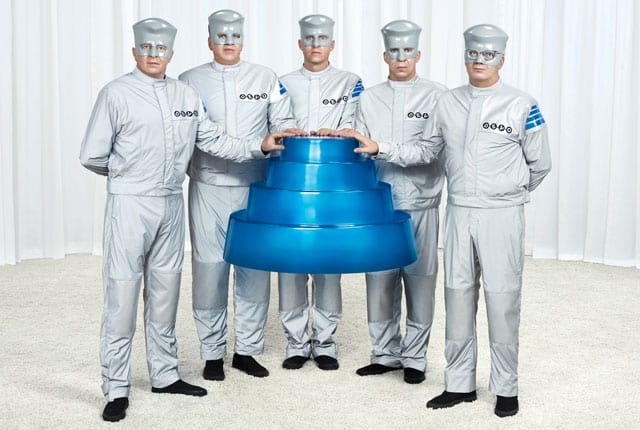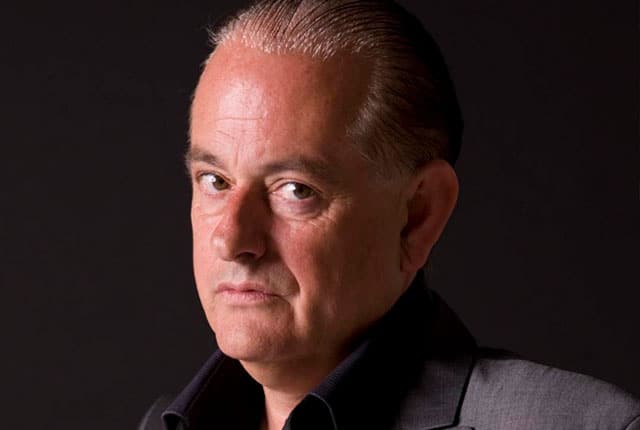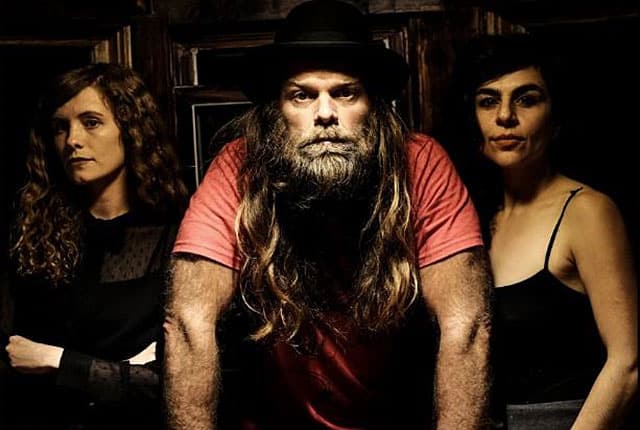With the thousands of limited-run dance singles being put out by new bands, the chances of them leading anywhere are small. But every once and a while, a band will stumble upon a hit and find themselves propelled to stardom. Then, of course, chances are they’ll never follow it up and be doomed to becoming one-hit wonders. But The Utah Saints have managed to avoid this trap, and on their new self-titled LP, the group shows that there is much more to them than their hit singles.
The Utah Saints had their beginnings about two years ago when Jez Willis and Tim Garbutt got together and recorded “What Can You Do For Me.” Garbutt had come from a DJing background, while Willis had previous band experience before also becoming a DJ. Both were DJing at the same club in Leeds, England, when they started going to each other’s nights and decided to make a record together.
The duo pressed up a thousand copies of their single at first, planning to only sell one or two thousand total. But much to their surprise, the single sold 175,000 copies within three months.
As a follow-up, The Utah Saints released “Something Good,” a techno-oriented track that features the voice of Kate Bush. The fact that Bush let them use the sample, taken from “Cloudbusting”, was another big surprise.
“She’s never allowed anybody to release something with a sample of her work on it before, so she either liked it or we got lucky,” says Willis.
As an example of how careful Bush can be about who uses her work, Garbutt explained that a filmmaker wanted to use “Something Good” as part of the soundtrack to a movie. As Bush takes partial songwriting credit for the song due to the use of her voice, the idea has to be cleared through her. The singer requested to see the script before making a decision. “She cares a lot about her work,” says Garbutt.
In putting together a video for the song, The Utah Saints did something unusual and went so far as to use footage from the original “Cloudbusting” clip. Of course, Bush had to approve it and did request some changes, but the group feels it was worth the trouble. The Utah Saints even went so far as to try to locate the machine from the video to take on the road with them, but the group heard that it was now in Bush’s house and felt asking to use it would be pushing it a bit.
So far, the Utah Saints have never had the problem of not being able to get clearance for a sample used in one of their songs. Garbutt says that as DJs, they have a pretty good idea of what things are likely to get cleared and what to stay away from. Though many of the samples they use are recognizable, the group never samples something that is the essence of a song to call their own.
“There’s a market for that, obviously MC Hammer is a lot bigger than us,” explains Willis. “But it’s just not the way we work.”
With their sudden success, The Utah Saints were forced to move quickly. Their American record label, London, wanted an album, so the duo worked furiously in the studio to get one done. “We are happy with it,” says Willis. “The situation with the band is that we’re evolving all the time. And we’ve had to evolve at a very rapid pace.”
The group says that there was nothing too deep in the choosing of their name. The idea of using the word “Utah” came to the group when watching the film “Raising Arizona.” They heard it in the last line and thought that the word was a “quite a satisfying word and it’s underused.”
In looking for a name, Garbutt and Willis were looking for something that was not used before and didn’t come along with any preconceived notions of what a band with the name would be like. They also wanted something that would look good on a T-shirt and stage backdrop, and “Utah Saints” fit the bill on all accounts.
Because they are an entirely electronic band, the Utah Saints have a harder time adapting to the live setting than traditional bands. The group uses DATs for the backing parts, to avoid the hassle of bringing along a computer and adds three additional musicians. But the nature of the group’s songs presents an additional problem.
“When we play live, there are five males on stage and a lot of female vocals flying around,” explains Willis.
The group toyed with the idea of bringing in someone to either mime the vocals or sing but ultimately decided against it. “You have to get a balance,” says Garbutt. “If we were trying to do 100% of it live, it would be so much work. We’d have to have quite a few more people on stage and everyone would have to concentrate so hard It’s like would it be so exciting to watch? You have to get the balance right and try to put a show into it as well.”
One thing that the group tries to do is let the audience know what is going on. For example, if a song has a guitar sound but there are no actual guitars on stage, Willis will hit his strap-on keyboard between songs to show the audience that the sound is coming from him.
Though the Utah Saints’ music is primarily instrumental, Willis does sing on a few of the songs. The group says that it just does whatever it takes to finish a piece of music, whether it be sung vocals or samples.
“The one thing I hope we never do is decide that we have to stick to a given formula,” explains Willis. “On the other hand, I think that we’ll always have a Utah sound, so that people can recognize the records as a Utah Saints record. But we’re not going to pin ourselves down and say ‘right, we’ve got to do another “Something Good” or we’ve got to do another “What Can You Do For Me”,’ that would be the end of the band.”
The fact that Willis comes from a rock background and Garbutt from dance allows the band to keep a constant check that the music doesn’t lean too much in either direction. Being a new band whose rise to success has been very quick, The Utah Saints are not looking too far ahead into their future and are just taking things as they come. The group jokes that should it all end and they be dropped by their label, they can always come back and use another state’s name before the word “Saints.”
“It’s kind of daunting. We’re taking big risks because instead of developing for a couple of years and then getting the corporate push, we’re developing in public,” explains Willis. “So we’re always trying out things and most of the time it seems to work.”










